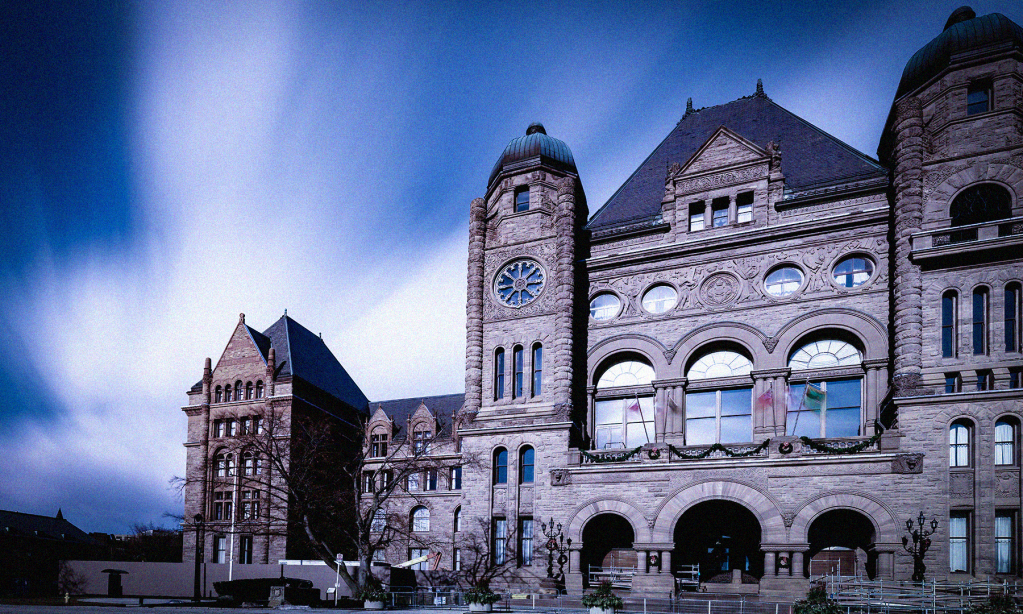It’s one of the oldest plays in the right-wing playbook.
In step one, the government cuts funding to an important public service. In step two, service users and the people responsible for delivering the service push back, and call for the cuts to be undone. In step three, the government restores a small fraction of the lost revenues and then says, “Aren’t you glad we increased your funding?”
That’s precisely what has taken place under the current Ontario government. Step three happened this week.
On Monday, Colleges and Universities Minister Jill Dunlop announced just under $1.3 billion in new funding for colleges and universities, beginning in September and spread out over three years.
It’s not enough. It’s not even close to enough.
The announced increase follows more than five years of real reductions in provincial grants to universities and colleges. To make the financial picture worse, Queen’s Park cut domestic post-secondary tuition fees by 10 per cent in 2019 and has frozen them ever since, allowing inflation to cut the real value of domestic per-student tuition fees by 17 per cent in addition to the initial 10 per cent cut.
Low student fees are a good thing—education should be fully funded—but until Monday the government had done nothing to compensate institutions for the lost revenue.
Higher Education Strategy Associates, a research and consulting firm, estimates that Ontario would have to increase provincial post-secondary funding by $7.1 billion per year just to bring its funding levels up to the per-student average of the other provinces. On Monday, Queen’s Park put $428 million a year on the table—a tiny fraction of what’s needed.
When it comes to supporting post-secondary institutions, Queen’s Park doesn’t want to be average. It is content to be last. On a per-student basis, no province in Canada does less to support colleges and universities.
In response, colleges and universities have turned to cost-cutting measures, especially the widespread use of underpaid contract faculty to deliver credit courses. On the revenue side, universities and colleges have fanned out across the globe to attract international students, who pay exorbitant tuition fees that are often five times higher than those paid by domestic students.
Those strategies have clearly run their course. Contract faculty are striking against low wages and insecure jobs. And no institution has yet put forward a plan to absorb the dramatic revenue loss that will result from the federal government’s decision, in January, to sharply reduce the number of international study permits.
The federal government does play a small part in post-secondary education, through research grants and student aid. But core funding for our universities and colleges is a policy area that falls squarely under provincial jurisdiction. Queen’s Park must make investing in these institutions a priority. Empty talk about “finding efficiencies” in a system that has been starved of funding for so long is just that—empty talk.







